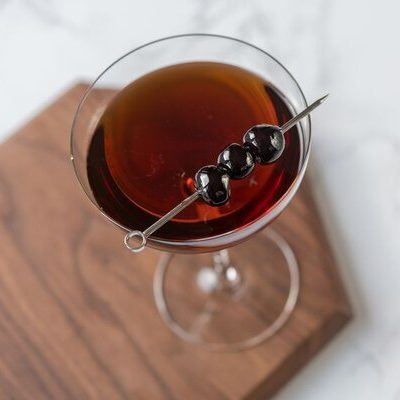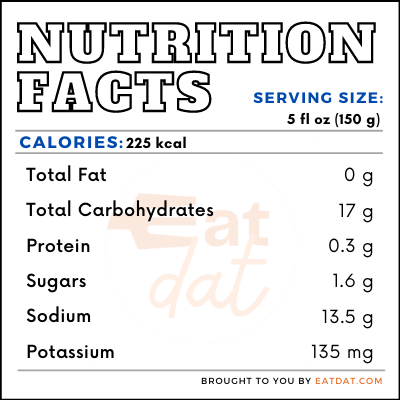
Vermouth
What is Vermouth?
Vermouth is a fortified wine, which has its alcohol content increased by the addition of some type of neutral alcohol. It is also flavored with different herbs and spices, making it an aromatized wine. There are hundreds of different types of vermouth, however it is often classified into red or white.
- The color can vary between white to light yellow to a deep red and even the taste ranges from sweet to dry to bitter.
- It is often drunk as an aperitif on the rocks and is also extensively used in making cocktails.
The top 7 most popular brands are:
- Carpano Antica
- Cinzano Bianco
- Lo-Fi Aperitifs
- Carpano Punt E Mes
- Dolin
- Antica Torino
- Noilly Prat Original
Origin of vermouth
The word vermouth (Wermut) means wormwood in German. It is possible that the origin of the drink may date back to ancient Greece and could have been invented by Hippocrates, as he placed wormwood and other spices in wine for the first time. Over time, this recipe was modified and other ingredients were added. However, the modern drink originated in Italy and was invented by Antonio Beneditto Carpano in Turin in 1786. Other manufacturers later opened distilleries following Carpano. In 1813, Joseph Noilly developed dry vermouth in France, adding another flavor to this drink’s repertoire.
Nutrition
The nutritional value for 5 fl oz of vermouth:

A unit of 100 ml of this wine with 18.8 mg of alcohol contains 220 mg of polyphenol compounds. These antioxidants can protect the body against heart disease, diabetes, and offer a general boost in health. On the other hand, alcoholic beverages such as this have been found to contain asbestos fibers, which can cause cancer. Furthermore, overconsumption of alcohol can also lead to liver cirrhosis, pancreatitis, high blood pressure, and stroke.
Commercial production
Italy is the main producer and exporter, followed by Spain, Germany, France, the USA, South Africa, and Latvia. Most are bottled at between 12 to 24 percent ABV.
The first step in making vermouth is creating the base wine, which is made from grapes. Then, the required herbs and spices are extracted in a wine and brandy mixture, which is then blended with the base wine to provide both fortification and aromatization. Finally, it is bottled, labeled, and stored until ready to be sold. Bear in mind that an open bottle begins losing its taste and quality within four weeks of opening. To extend its shelf life, it is a good idea to store it in the refrigerator.
Vermouth recipes
This is one of the most extensively used ingredients in cocktails since it can be adapted easily to make different drinks. It can also be used in cooking and baking. Here are a few recipes to try out:
- Manhattan
- Chicken Fricassee
- Gin Sling
- Mulled Vermouth
- Negroni
- Mustard Seed Crusted Chicken
- Risotto alla Parmigiana
- Manhattan Cocktail Cake
- Peaches and Cream Cookies
- Steaks with Vermouth and Cream
- Grilled Mahi Mahi with Lemon-Vermouth Butter Sauce
- Wild Rice
- Mussels with Fennel and Vermouth
- Mushroom Bread Pudding
FDA regulations
Alcohol is regulated by the Alcohol Tobacco Tax and Trade Bureau (TTB) in the US. Vermouth is classified as an aperitif wine made from grape wine. The TTB stipulates that it must have an alcoholic content of not less than 15 percent by volume.
References
Paul Clarke, The Truth About Vermouth, SF Gate
https://www.sfgate.com/wine/article/The-Truth-About-Vermouth-3273102.php
Parmjit S. Panesar, Narender Kumar, Satwinder S. Marwaha, Vinod K. Joshi, Vermouth Production Technology –An Overview, Biotechnology Research Laboratory, Department of Food Engineering and Technology Sant Longowal Institute of Engineering and Technology
https://citeseerx.ist.psu.edu/viewdoc/download?doi=10.1.1.906.2600&rep=rep1&type=pdf
Is it time to rethink how much you drink?, Harvard Health Publishing, Harvard Medical School, https://www.health.harvard.edu/heart-health/is-it-time-to-rethink-how-much-you-drink
